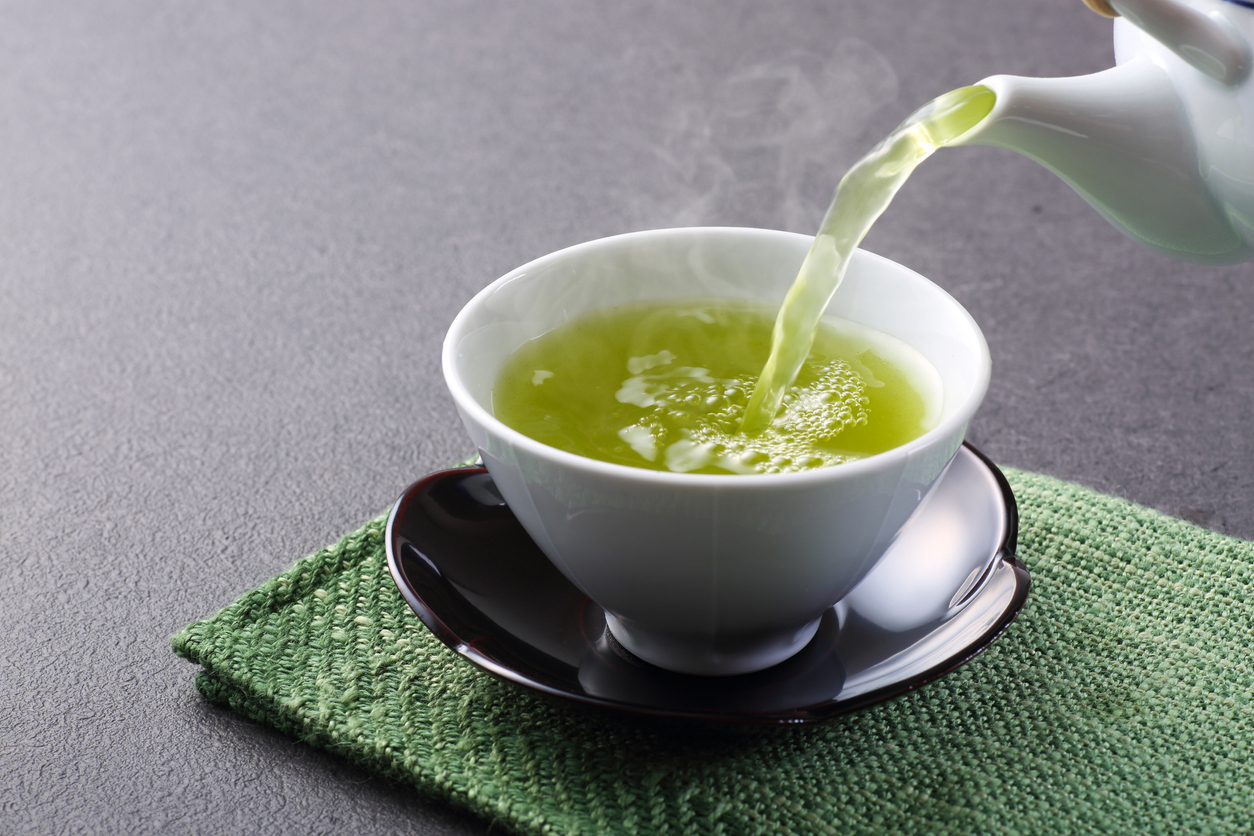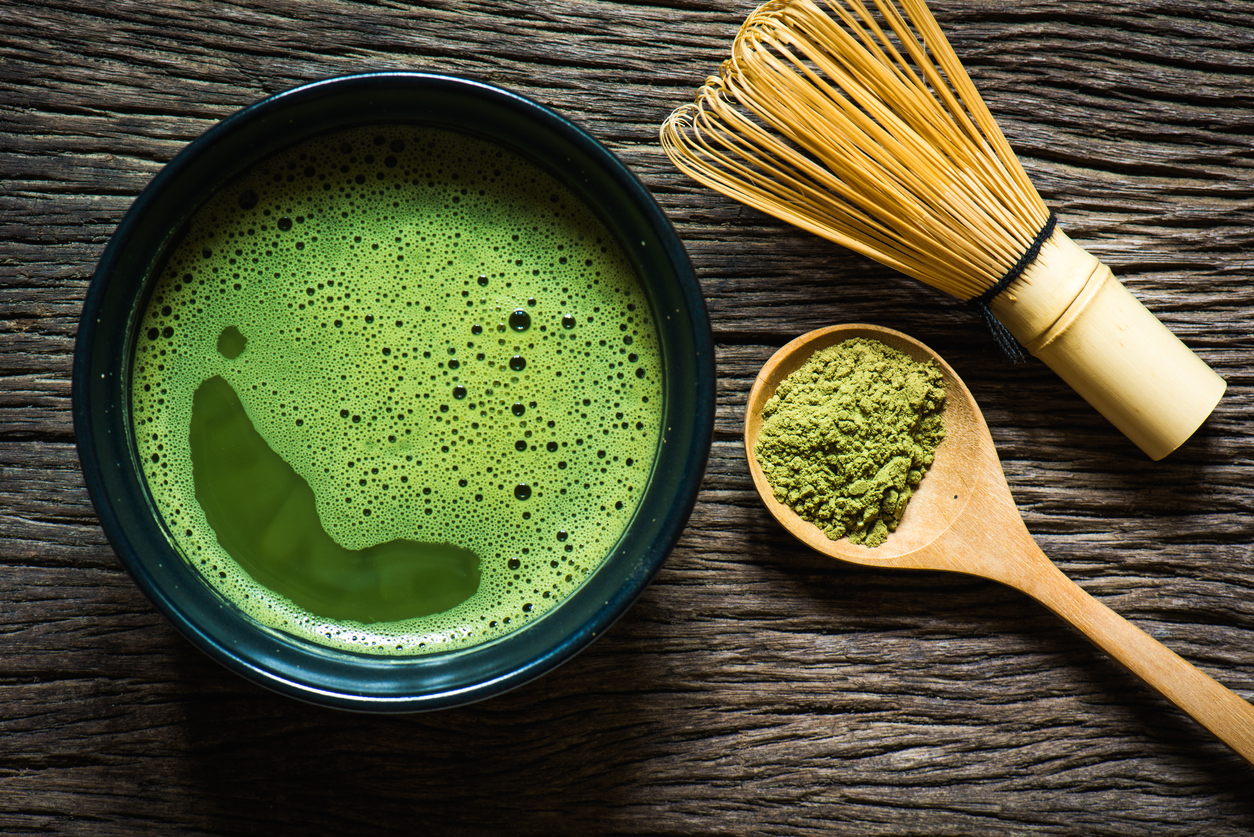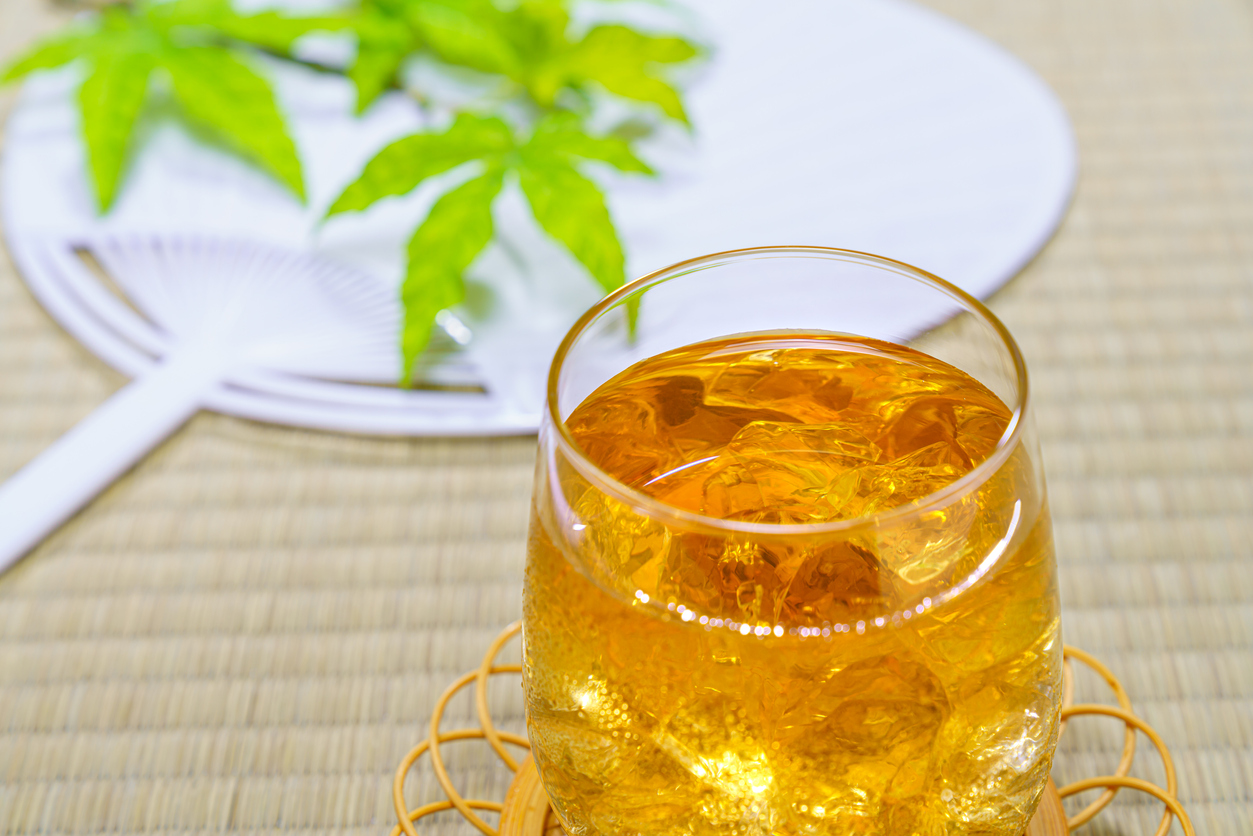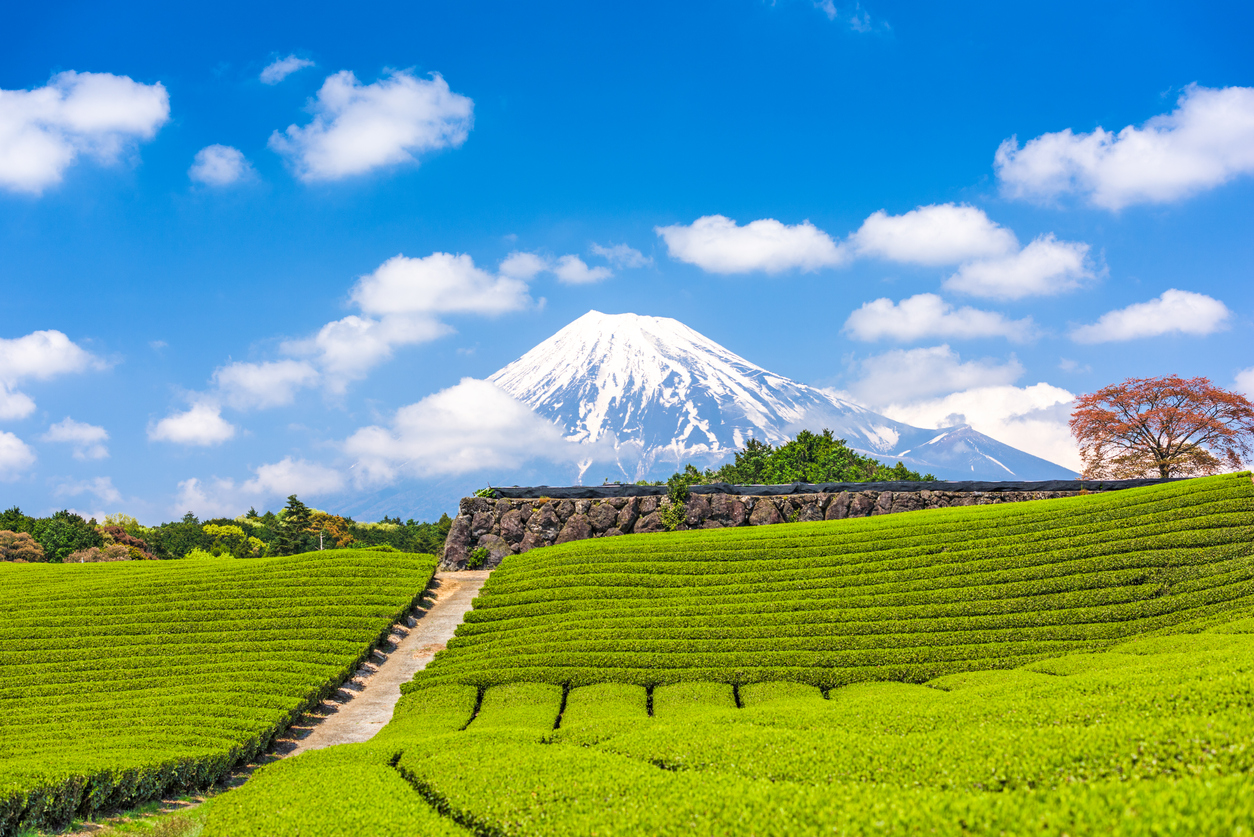 taa22
taa22
Sure, the Brits are known around the world for their love of a nice steaming cuppa, but as much as tea is part of the traditional British way of life, it doesn’t hold a candle to the ryokucha (green tea) which is ubiquitous in Japan. There are dozens of terms for its varying grades and types, depending on the type of tea leaves, their origin, their manner of processing, their time of harvesting, and other factors. Then of course the elaborate Japanese tea ceremony is famous for its place in classical Japanese culture. Since visitors to the Land of the Rising Sun will inevitably encounter this country’s quintessential brew (even though it was introduced there from China, more 1,300 years ago) multiple times during their stays, a quick – and inevitably highly simplified – primer is very much in order. Hold out your cups!
First off, we should review some of those various types and grades I mentioned. By far the most common, popular, and standard grade you’ll come across (about 80 percent) is sencha, brewed from crushed leaves and varying in colour from pale green to a bright greenish yellow. There are plenty of subgrades of sencha, as well, from lightly steamed asamushi to more deeply steeped fukamushi.
 SITTHIPONG
SITTHIPONG
The other best known variant is matcha, from the highest-quality shade-grown leaves with stems and veins removed, then ground into a dry powder. Which brings us to Japan’s reknowned chadō (tea ceremony), to which this special grade is central (in addition to being used as a flavouring for some kinds of soba noodles as well as sweets such as ice cream and mochi rice cakes). Also known as the Way of Tea, this ritual is considered one of this culture’s foremost arts of refinement. With origins dating back to the 9th century, for centuries chadō remained largely the elite preserve of Buddhist monks, the aristocracy, and later the samurai, before filtering out to the merchant class and thenceforth to the rest of educated society.
The classic venue for the classic Japanese tea ceremony is a room of Zen simplicity, with a low ceiling and a floor covered in beige, woven-rush-grass tatami mats. And as you might by now expect, there are quite a few variations in types of ceremonies, depending on time of year; time of day; different schools of practice/tradition; degree of formality (the most elaborate and formal ceremonies can last up to four hours); and other factors. But basically it starts with purifying ritual ablutions and shoeless guests seating themselves on the tatami mats. Then a kimono-clad hostess fills an earthenware chawan (tea bowl) with matcha powder, pours hot water into it and stirs the mixture into a froth with a bamboo chasen (tea whisk). Guests are usually served a thick version of this tea, in a bowl passed around and wiped after each guest has partaken, and a thinner version in individual bowls. Sake, sweets, and meals of varying complexity may also be served. (And by the way, if the thought of sitting through a four hour ceremony gives you pause, at most destinations in Japan, visitors will have the chance to attend a shortened version of the tea ceremony.)
 Wako Megumi
Wako Megumi
Also by the way, some Japanese teas aren’t made from tea leaves at all, or are mixed with other substances such as roasted brown rice (genmaicha) and jasmine flowers (sanpincha, popular in Okinawa). The totally non-tea infusions you’re most likely to encounter are made from barley (mugicha, usually served cold in summer) and kelp (kobu-cha, not to be confused with kombucha, the slightly effervescent/alcoholic tea-derived drink increasingly popular in the West).
 Sean Pavone
Sean Pavone
Finally, as you might also expect, several of Japan’s regions have become particularly well known for their tea production, and “teaophiles” might be motivated to visit plantations and tea houses in the following regions:
Fukuoka – Down on Kyushu island (7½ hours by train south of Tokyo and a bit over four by air), this prefecture is home to the small city of Yame, the family plots on its surrounding hillsides boasting a thousand-year tradition of growing yamechi tea which yields not Japan’s greatest quantities but among its highest quality.
Kagoshima – Also on Kyushu, just under four hours by air and seven by train from Tokyo, the mild, subtropical climate of the Chiran, Kirishima, and Shibushi areas near this small (pop. 607,000), pleasant city produce Japan’s second-largest crop of green tea, a tradition reaching back to the early 14th century here.
Kyoto – The hills and towns such as Wazuka around the small suburban city of Uji (pop. 185,000) also have a venerable tea-growing tradition, dating back some 400 years, and its ujicha is prized as one of Japan’s highest quality. It’s also home to the world’s oldest tea house, Tsuen Tea, established in 1160 and run by the 24th generation of the eponymous family. It’s just under three hours by train southwest of Tokyo.
Shizuoka – A Pacific-coast prefecture about an hour and a half south of Tokyo that’s perhaps most famous for being home to Mount Fuji (this blog also wrote about its lovely Izu Islands), this is widely considered Japan’s green-tea capital, in the game since the 13th century and currently its single largest green-tea producer (above; at least 40 percent). Its most famous tea town is called Kakegawa and one of its most famous plantations, Kawane, can be reached via a vintage steam train.
Well, that’s my primer – really the bare minimum when it comes to delving into the subject of Japanese tea. Visiting aficionados will come across many other terms and types – bancha, gyokuro, hojicha, kabusecha, and shincha, to name just several – but a complex brew begins with a handful of leaves, no? ☕?
Related:
Terrific Green Tea Near Shanghai

